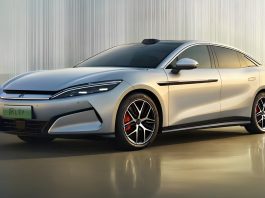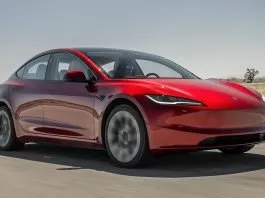The electric vehicle vs internal combustion vehicle debate always has two major factors on which the electric vehicles are judged. Firstly, the single-charge range helps customers understand the amount of time that they would spend charging their cars daily based on the daily commute. While the electric cars were slow to get off the blocks in this regard, there are a few models now that boast a 400+ mile (640+ km) range. With a distinct supercharger network now getting established, the charging time for that range varies between half an hour to one hour, depending on the manufacturer. The second point to be considered is the battery life, which tends to degrade over time. After a specific period of time, depending on the number of miles run and the number of charging cycles completed, the battery will start losing its capacity, which will affect the single-charge range. Recent progress in battery technology has lent this debate a lot of talking points, and one cannot keep Tesla away from this discussion either.
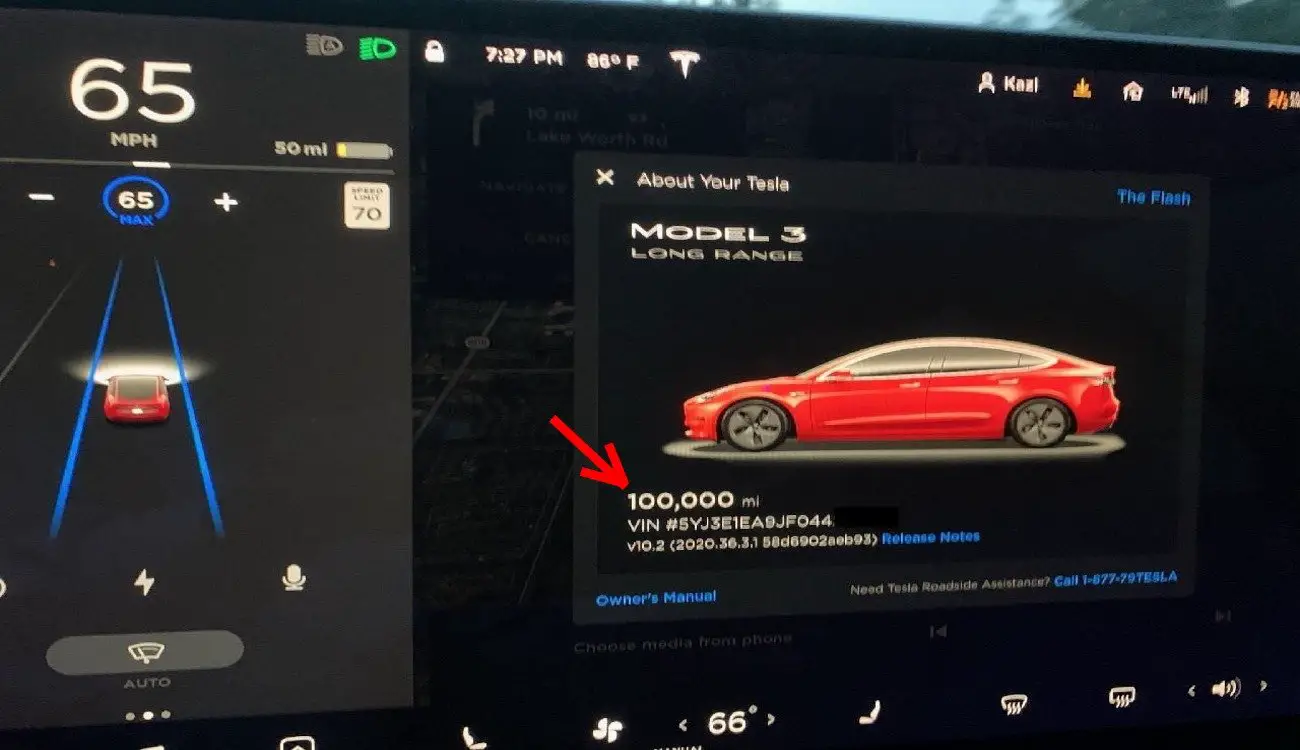
Tesla Model 3 Battery Life After 100,000 Miles, Extreme Low Maintenance & Minimal Battery Degradation
Recently, a Tesla Model 3 owner Kazi Imam opened up about his experience after having completed 100,000 miles (160934 kms) in just over two years. That kind of mileage comes down to an average of 137 miles (220 km) per day, which is quite extensive. With that much of daily running of the battery and just as much of fast charging, one would expect quite a bit of battery degradation. Despite that, Imam mentioned that he is able to log up to 305 miles (490 km) on average of 100% charge on his Long Range variant. With Tesla having given the Model 3 Long Range variant a 322 mile (518 km) range, this gives Imam’s car a 5% decrease in battery range after completing the 100K mark.
That is not bad at all. While Imam did mention that 305 miles is an approximate figure, one needs to understand that just a 5% battery degradation after having used the car for an average of 137 miles daily for 2 whole years is quite acceptable. The average Tesla customer will need almost 5 to 6 years to log that kind of mileage, which means lighter usage than what Imam did. This, in turn, means a lesser battery degradation. With Tesla continuing to send many software updates over the air, with improvements in features such as battery preheating, the battery life will keep getting better. [Battery preheating – heating your battery to a temperature optimum for fast charging which puts less load on the cells.
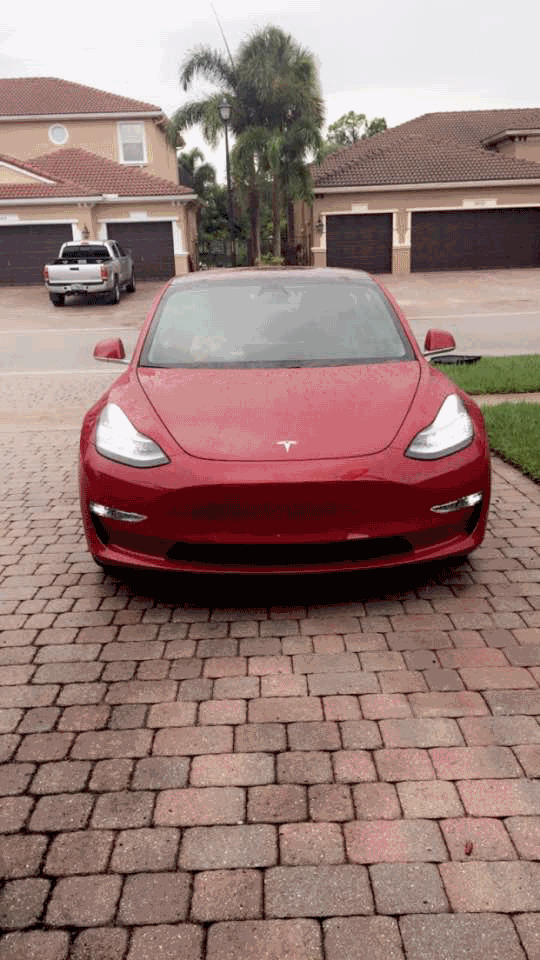
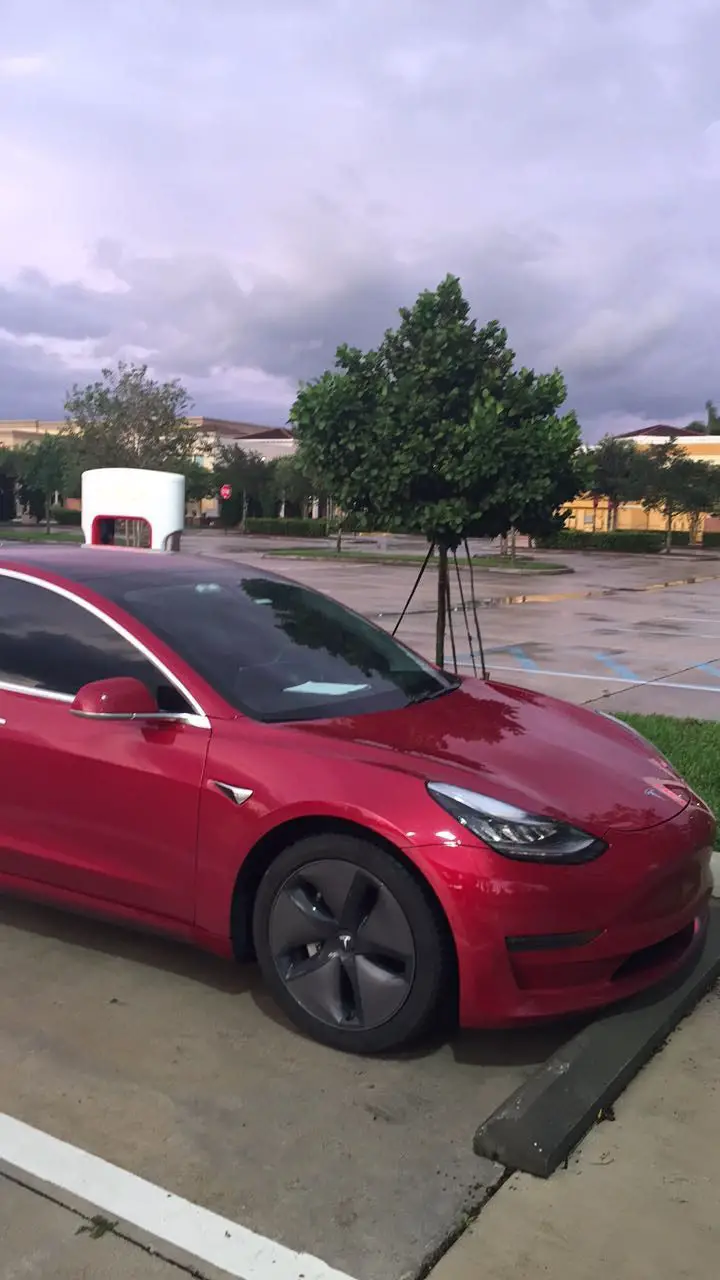
Imam also mentioned the total costs he had to bear in this two year period, from maintenance to electricity costs for charging. He spent a total of $2,985 on charging his car for a total of 100,000 miles. To put things into perspective, a BMW 3 Series would spend over $8,000 filling up gas for 100,000 miles, and the difference can be clearly seen. Additionally, the maintenance and servicing costs were about $1,741, which puts the total cost to be around $4,732. That is quite inexpensive.
The $1,741 were spent mainly on changing the air filter in the HVAC system at 36,000 miles (58,000 km), which cost him $136 roughly, and $410 on wiper blade changing, wheel alignment, and brake bleed, which was done at 95,000 miles (153,000 km). He also had a few components changed under the Tesla warranty:
- Wooden trim dashboard at 51,000 miles (82,000 km).
- Passenger window seal at 63,000 miles (101,000 km).
- The front left safety restraint fault error was fixed at 71,000 miles (114,000 km).
- Driver’s headrest at 93,000 miles (150,000 km).
Amazingly enough, there were no replacements or fixes needed for the first 50,000 miles. This sheds some light on Tesla’s maintenance and service as well, with Imam having mentioned that he was loaned a temporary Tesla as well when his car was in the garage. Tesla also promotes the DIY replacement of certain components, with a much cheaper air filter for the HVAC system available on Amazon. Tesla has a tutorial on how to change it on YouTube as well. This will further drive down costs. Imam did mention that he had to put in $1,200 on changing the tires at 45,000 miles, which increased the total a bit. But after having compared the gas vs charging costs, this extra expense will not matter much.
All in all, you may pay $9,000 lesser on buying a BMW 3 Series, but an electric vehicle, especially a Tesla, will cost you much lesser to maintain in the long run – a little over one-third the cost per 100K miles. With battery technology rapidly improving, and talks of a million-mile battery coming, the battery degradation will reduce even more in the future. That is definitely something that future customers need to look into while buying a car. The zero-emissions and greener mobility argument might not convince some people, but lower maintenance costs will definitely sound sweeter to them.

